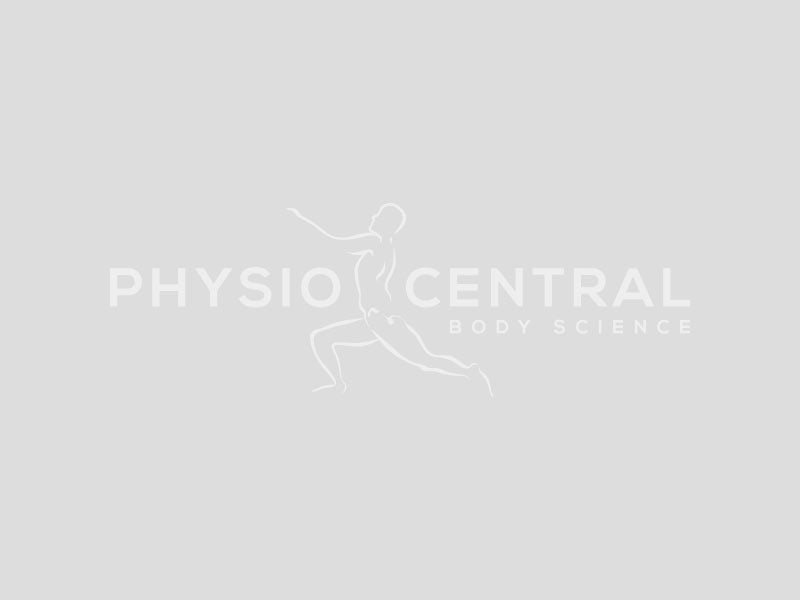Active Isolated Stretching (AIS)
The body’s skeletal musculature is built in such a way, that each muscle has an opposing pair. When movement occurs, one muscle of the pair contracts whilst the other one relaxes. When we want to stretch a muscle using AIS we contract the opposing muscle to make sure that the muscle to be stretched is relaxed. This forms the basic principle of AIS. Stretching relaxed muscle tissues allows for a deeper and safer stretch. AIS achieves maximum range and mobility in muscle, connective tissue, and joints, thus achieving optimum performance with no adverse effects.

